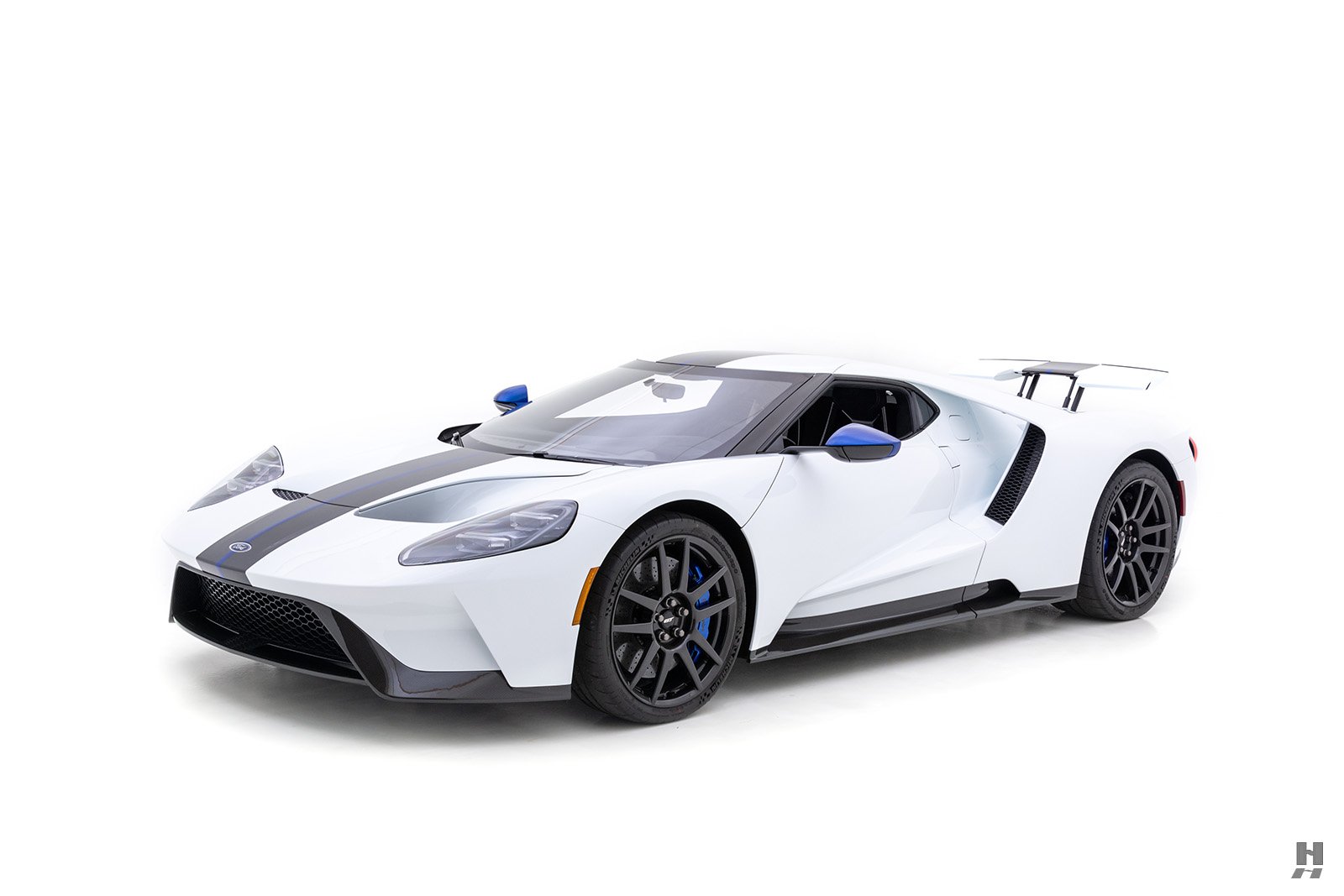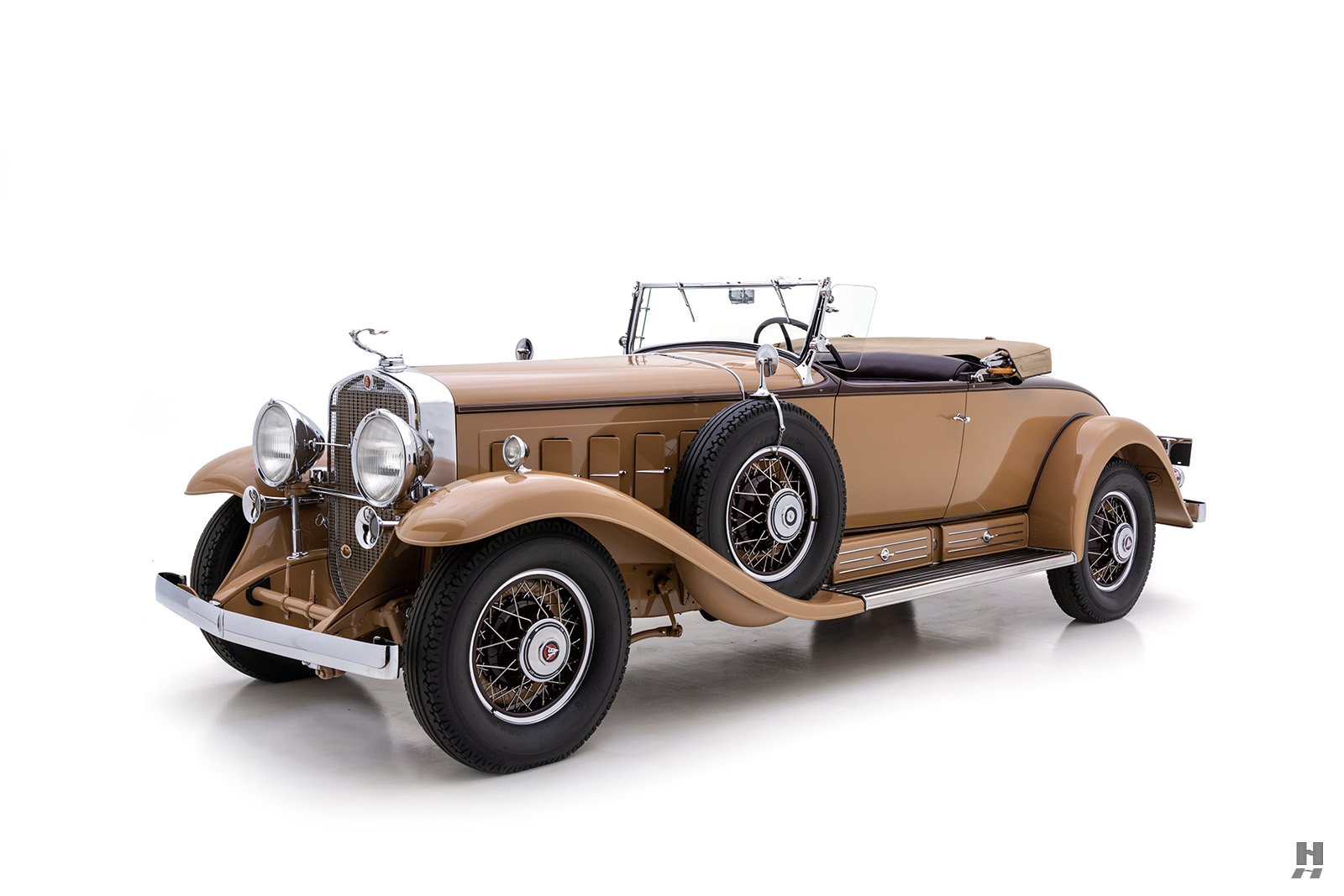“It’s a mess,” said Stuart Gosswein, senior director of federal government affairs for the Specialty Equipment Market Association. “We don’t like the path it’s headed down.”
Specifically, Gosswein referred to the Department of Commerce’s investigation into increasing tariffs on imported vehicles and imported vehicle parts “to determine (their) effects on the national security,” as announced late last month. While the Department of Commerce did not mention any specific figures in its announcement, reports indicate the tariffs could amount to as much as 25 percent.
And those tariffs would apply to any vehicle or part, regardless of age, according to international trade law expert Marshall Miller. “Everything that has come out on this is very general. (Department of Commerce and White House officials) have not differentiated between new and old cars in their statements or in any of the press reports.”
Nor would they, Miller pointed out, given that the Harmonized Tariff Schedule, which sets tariffs for imports into the United States, lumps all passenger vehicles, new and old, into the same category (8703 – Motor cars and other motor vehicles principally designed for the transport of persons, including station wagons and racing cars), taxed at 2.5 percent.
The only exception, according to Miller, is for vehicles that originated in the United States, and it’s not clear whether that exception will remain under the proposed tariffs.
“It all depends on the way the proclamation is written and amended,” he said.
That tenfold increase in tariffs on imported cars could have disastrous consequences, according to collector car dealer Mark Hyman.
“When you have a two, three, four, five percent tariff on a car or a part, you might be able to pass that cost along to the customer,” he said. “But a 25 percent increase in anything… that’s not something you pass on. Basically it means you stop imports altogether. It has the potential to stop international trade in the vintage car industry.”
The repercussions wouldn’t stop there, he said: The tariffs would also choke the supply of restoration parts (“Even for domestic cars, you know where all the restoration parts are made?” he asked), and other countries would most likely retaliate with their own tariffs, effectively killing off collector car exports. Hyman estimated that as much as 50 to 70 percent of his business consists of buying cars from overseas or selling cars from overseas.
“These proposed tariffs would only serve to harm the countless individuals and independent businesses who buy, sell, restore and transport cars,” he said in a statement.
Sandra Button, the chair of the Pebble Beach Concours d’Elegance, also released a statement regarding the tariffs of the weekend in which she said she “cannot imagine what might happen if imported collector cars and car parts are designated as national security risks and taxed at 25 percent. I cannot imagine how we will be able to maintain and share even the collector cars we already have in the United States – whether first made here or abroad. How will we be able to continue to use them?”
Miller also noted that auction houses, which frequently bring in cars from overseas under Temporary Importation Bonds at double the amount of normal duties. If the cars go unsold, they can then be sent back overseas and the auction house doesn’t have to pay the duties on the vehicle; if the cars sell, the auction house has to pay the duties. By increasing the tariffs on imported cars from 2.5 percent to 25 percent, U.S.-based auction houses would then see their bonds increase from 5 percent to 50 percent.
Representatives from international auction houses that operate in the United States did not return requests for comment.
Putting a dollar amount on the international collector car trade is difficult, if not impossible, Miller said, precisely because the U.S. government does not differentiate between new and old cars in the Harmonized Tariff Schedule. “We have no real economic data on the impact of these tariffs to the collector car market but everybody realizes there’s a real impact and it’s a serious one,” he said.
Gosswein said he’s not exactly sure whether the proposed tariffs would apply just to new vehicles and parts or to both old and new vehicles and parts, but he said the proposal remains one of SEMA’s chief concerns largely because the organization represents companies that market accessories for newer vehicles. In a statement on the proposed auto and parts tariffs, Gosswein described them as “misguided” and said they “could threaten global trade and complex supply chains.”
“Tariffs are a form of taxation and not the most appropriate way to address unfair trade practices,” he said.
Of equal concern, Gosswein said, are the tariffs on steel (25 percent) and aluminum (10 percent) imports which went into effect in late March. “We’ve got companies (in SEMA) that are proud to produce here in the United States, but meanwhile their steel costs have gone up, sometimes up to 40 percent,” he said. “But if those products were made in other countries, they wouldn’t be subject to the tariffs, so those companies now have an incentive to outsource.”
He said individual countries and companies can apply for exemptions to the aluminum and steel tariffs if, for example, a company depends on a certain type of steel or aluminum not produced at all within the United States, and Gosswein does anticipate the Department of Commerce providing for exemptions to the proposed auto and parts tariffs. However, with tens of thousands of requests for exemptions, “there’s no guarantee, and there’s no timetable, so companies can’t factor an exemption into their business plan.”
Miller also pointed to the aluminum and steel tariffs (along with tariffs on Chinese goods announced last week) as a precedent to the autos and parts tariffs, largely because many international trade observers considered such large-scale global tariffs unthinkable until actually enacted. He also pointed to the so-called “chicken tax” of 1963 – which heavily taxed foreign-built pickup trucks – as another precedent to the auto and parts tariffs, mostly because it has persisted for more than 50 years at 25 percent.
“Maybe these proposed tariffs are just a bluff or a bargaining chip and they’ll go away quickly like the 2002 aluminum and steel tariffs, but the chicken tax is still on the books today,” he said.
As for the impetus behind the newly proposed tariffs, Gosswein described the national defense argument as “questionable” while Hyman noted that “clearly, the importation of classic and collectible vehicles has absolutely no impact on our national security.”
Gosswein said that SEMA plans to submit comments during the public comment period which runs online at Regulations.gov until June 22; Hyman, in his statement, urged collector car enthusiasts to do the same.
“Putting a giant duty on antique cars is ridiculous, it’s crazy, but it’s also very very possible because the collector car market is not visible to lawmakers,” he said. “They don’t understand the vast scope of it and the importance of it on the international trade level. They don’t see how much impact it would have on so many industries.”
The Department of Commerce will have 270 days to complete its investigation and to announce any new tariffs, so Gosswein expects no decisions on the auto and parts tariffs until sometime early next year. Miller, on the other hand, noted the speed with which the Department of Commerce enacted the steel and aluminum tariffs and said the auto and parts tariffs could conceivably come through quickly.
Following the public comment period, the Department of Commerce will hold a public hearing on the tariffs July 19 and 20 in Washington, D.C.
For more information on the public comment period and the public hearing, visit Regulations.gov
Daniel Strohl on Jun 18th, 2018 at 8am
Photo by Charles O’Rear for Documerica.






